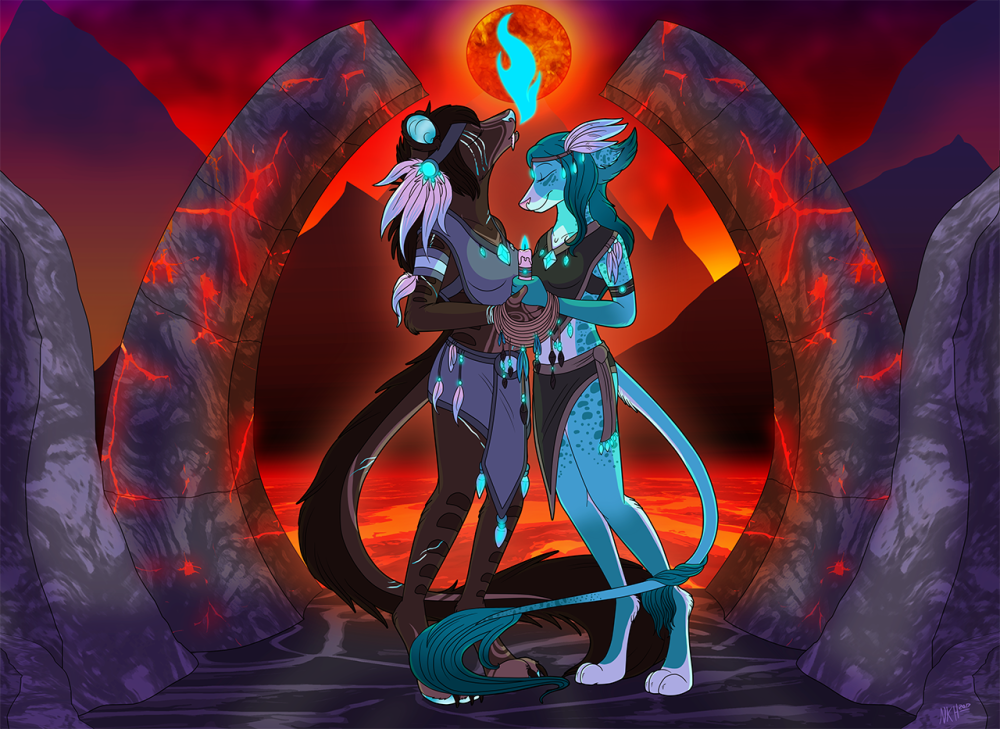What’s Yiffin’? – August 2017 edition of syndicated furry news.
by Louis Kohn
For a good many of us, summer vacation is almost over and it’s time to return to the reality of classes, or just another day at work if you’re no longer in school. This past summer has been home to a number of controversial events at conventions and in the fandom alike. We’ve got four more to round things out before all is said and done. Mercifully, there’s no convention drama this month… well, not unless you count Pokemon GO Fest as a “convention”. There’s a lot of things we’d call that disaster, but “con” isn’t one of them (unless you mean “con” as in “to trick”). Anyways, on with the news!
 2016 FURRY OSCARS
2016 FURRY OSCARS
It’s that time of year again, Oscar season! Not the actual Oscars, mind you, but the fandom’s equivalent of them: the Ursa Major Awards. Awarded to people and projects who go above and beyond in the name of anthropomorphic entertainment, the Ursa Major Awards are community-driven, with initial nominations and ultimately voting open to the fandom. This past month the winners for 2016’s Ursas were announced. The results were full of emotions, ranging from surprise to “ugh, not again”.
First off, the big daddy title of Best Motion Picture went to Zootopia… to the surprise of literally no one. If there’s such a thing as “Ursa Bait”, this was it; in the past decade there’s probably not been such an obvious shoe-in winner since The Fantastic Mr. Fox. Right behind Nick & Judy’s furry fling was Pixar’s Finding Dory, which, while this was a great movie in its own right, stood no chance against Disney’s powerhouse. The results of the Ursas are posted in order of who received the most votes, and coming in dead last was The Secret Life of Pets, a godawful CGI movie. In what we imagine must have been a three-way tie for last place, Sing and Kung Fu Panda 3 also made the bottom of the list.



 Another milestone of furry fandom has been achieved on 14-17 July 2017, when South African furs held South Afrifur, their first convention.
Another milestone of furry fandom has been achieved on 14-17 July 2017, when South African furs held South Afrifur, their first convention.
 A Dog’s View of Love, Life, and Death, by J. R. Archer
A Dog’s View of Love, Life, and Death, by J. R. Archer ArCANIS: A Modern Animal Tarot, by David DePasquale. Illustrated.
ArCANIS: A Modern Animal Tarot, by David DePasquale. Illustrated. Avaritia: A Fable, by M.D. Westbrook
Avaritia: A Fable, by M.D. Westbrook
 Garbage Night, by Jen Lee. Illustrated.
Garbage Night, by Jen Lee. Illustrated.